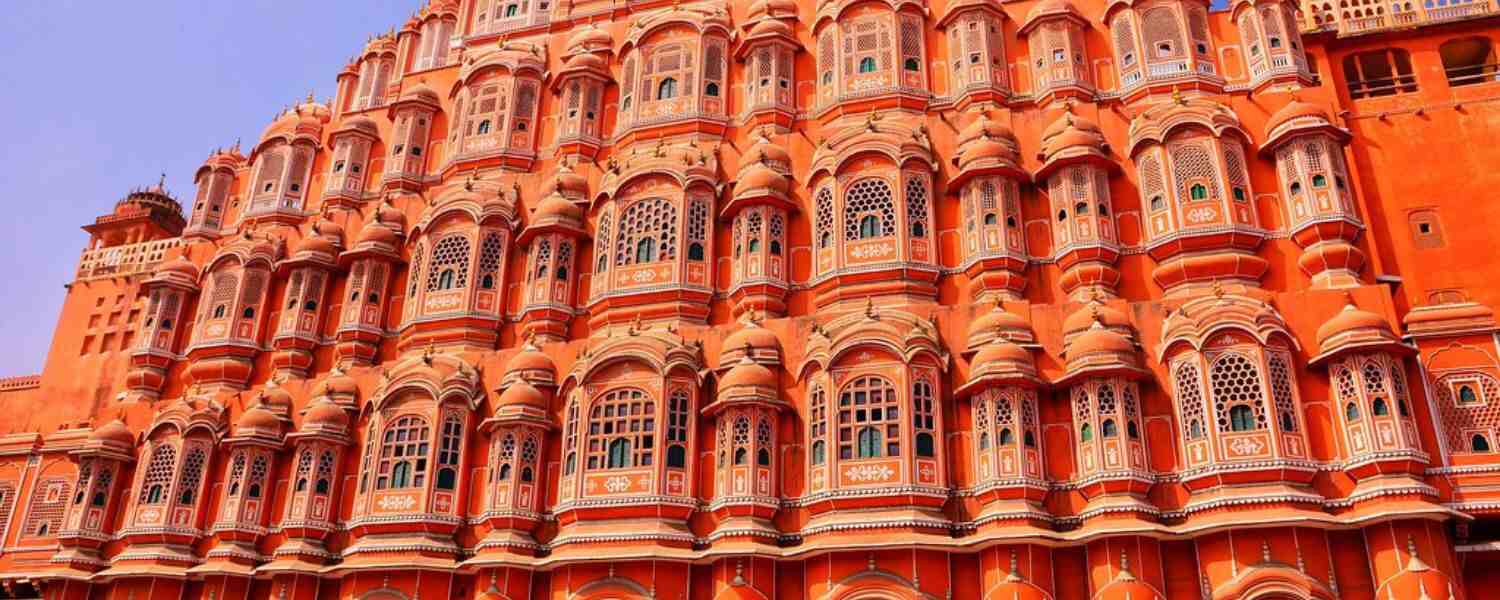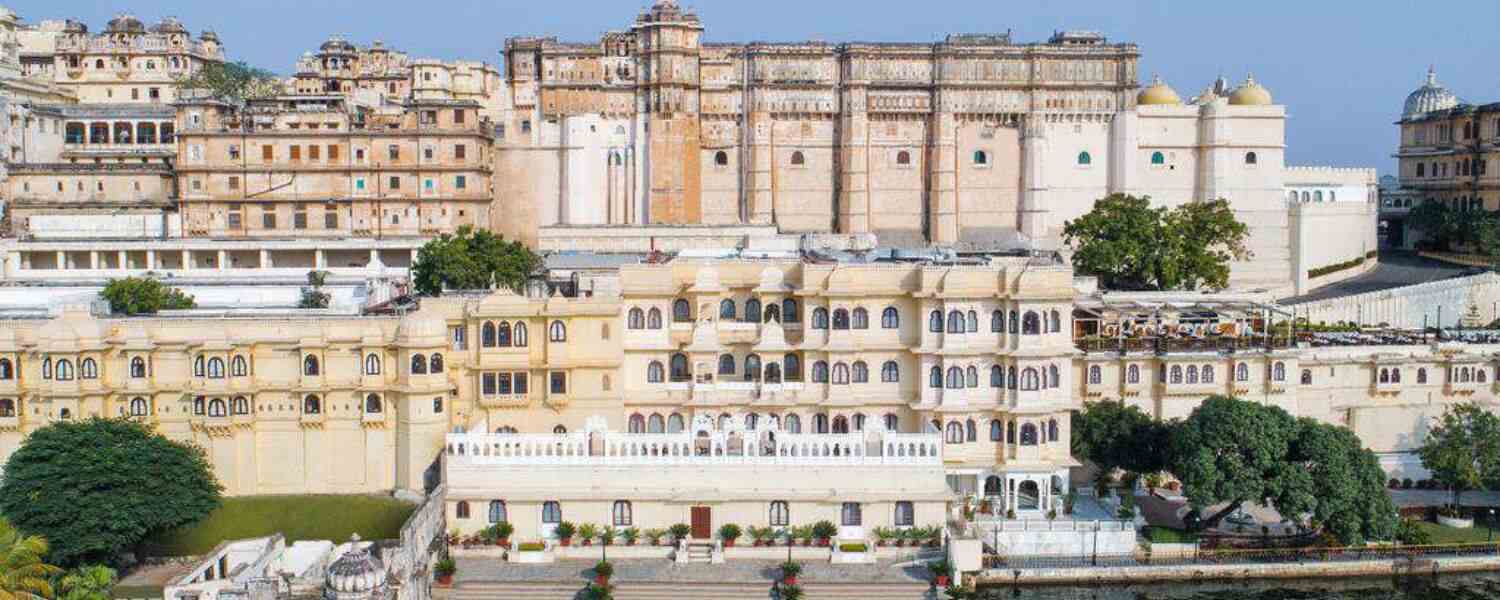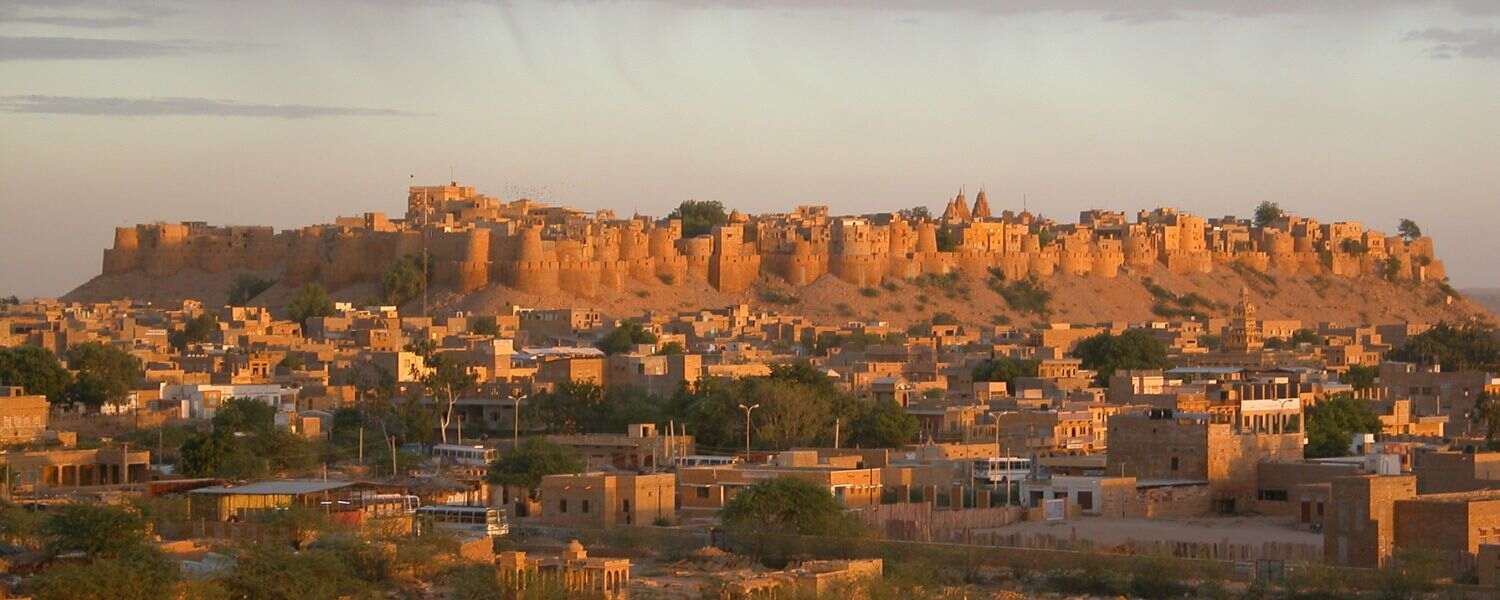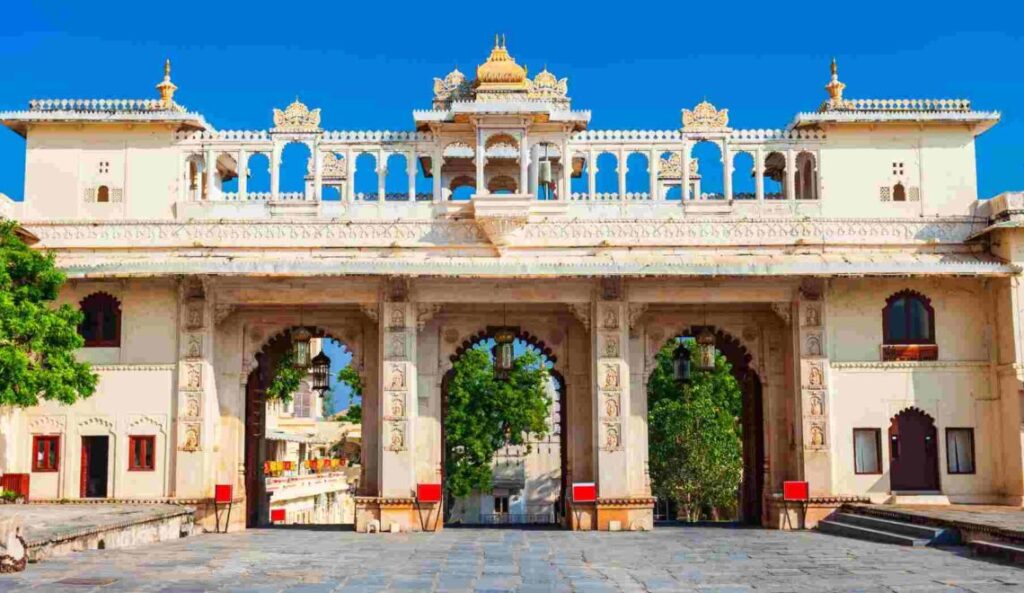In this enchanting vacation, we invite you to embark on a virtual odyssey through the historical places in Rajasthan that stand as sentinels of Rajasthan’s glorious past.
In the heart of India, where the sands of time have preserved tales of courage, romance, and regality, lies a realm that beckons the wanderer to step back in time.
Welcome to Rajasthan, the Land of Kings, where every fortress, palace, and citadel echoes the radiant history of a bygone era.
Rajasthan, with its vast expanse of deserts and the grandeur of its architecture, is more than a destination—it’s a living chronicle of India’s cultural mosaic.
From the mighty forts that once withstood invasions to the opulent palaces where maharajas held court, each historical site is a testament to the enduring spirit of the Rajputana.
As we traverse the golden-hued landscapes, we’ll unravel the stories etched in the sandstone walls, explore the architectural marvels, and discover the cultural gems that make Rajasthan a timeless tapestry.
So, fasten your seatbelts, dear time traveler, as we embark on an expedition to explore the Historical Places in Rajasthan.
Unearth the secrets of Amer Fort, feel the pulse of Mehrangarh, and let the Hawa Mahal whisper tales of royalty in your ears. Join us on this immersive journey where the sands of time part, revealing a world where every step is a leap into the captivating history of the Land of Kings.
Let the adventure begin—a journey through the epochs where history unfolds before your eyes. Welcome to a time traveler’s odyssey through the historical wonders of Rajasthan, where every brick has a story to tell, and every monument is a doorway to the past.
1. Amber Fort: A Citadel of Royalty

Our journey begins with the magnificent Amer Fort, a UNESCO World Heritage Site symbolizing Rajput’s bravery. Perched on a hilltop, Amer Fort offers panoramic views of the surrounding hills.
The intricate architecture, including the Sheesh Mahal and Ganesh Pol, reflects a blend of Hindu and Mughal influences.
The intricately carved gates, such as the Suraj Pol and Ganesh Pol, lead to opulent courtyards and ornate chambers like the Sheesh Mahal.
As you traverse the labyrinthine passages, you can almost hear the echoes of royal processions and witness the grandeur that once defined the court of the Kachwaha rulers.
2. Mehrangarh Fort: The Majestic Citadel

Mehrangarh Fort in Jodhpur, a colossal structure perched on a rocky hill, commands attention with its imposing presence.
The fort’s architecture tells tales of battles and victories, while its museum houses artifacts that chronicle the Rathore dynasty’s legacy. The Blue City unfolds beneath, creating a mesmerizing vista.
The intricate carvings of Moti Mahal and Phool Mahal showcase the fusion of Rajput and Mughal architectural styles.
The fort’s museum, a treasure trove of artifacts and royal memorabilia, offers a glimpse into the opulent lifestyle of the Marwar rulers. Mehrangarh, with its panoramic views and historical allure, is a testament to the indomitable spirit of Rajasthan.
3. Hawa Mahal: The Palace of Winds

Palace of Winds, known as Hawa Mahal, is an architectural marvel in Jaipur. Constructed with pink sandstone, this ornate facade allowed royal women to observe street festivals unnoticed. The 953 windows, adorned with intricate latticework, create a stunning play of light and shadow.
This “Palace of Winds” is a mesmerizing facade adorned with 953 intricately latticed windows. Hawa Mahal is a soft blend of beauty and purpose, constructed to allow royal women to observe street festivals unseen.
The honeycomb-like structure, with its pink sandstone hues, is a silent witness to the cultural richness of Jaipur. Hawa Mahal continues to be a timeless icon of Rajasthan’s architectural splendor as the gentle breeze whispers through its latticework.
4. Chittorgarh Fort: A Saga of Resilience

Chittorgarh Fort, the largest fort in India, narrates a saga of courage, sacrifice, and resilience. The imposing structures, including the Vijay Stambh and Kirti Stambh, pay homage to the Rajput spirit. The fort’s water bodies and palaces stand as a testament to the architectural brilliance of the Mewar dynasty.
Perched atop a hill, Chittorgarh Fort is a monumental tribute to the indomitable spirit of the Rajputana. This fortress, the largest in India, echoes with tales of bravery, sacrifice, and unwavering resilience. The Vijay Stambh and Kirti Stambh rise majestically, narrating the stories of battles fought and victories won.
The sprawling complex, dotted with temples and palaces, transports visitors to an era where the ramparts echoed with the courage of Mewar’s defenders.
5. Jaisalmer Fort: The Golden Citadel

Rising like a golden mirage from the Thar Desert, Jaisalmer Fort’s yellow sandstone walls are captivating. This living fort houses a vibrant community within its walls, and its narrow lanes lead to exquisite Jain temples and the royal palace. Sunset views from the fort offer a spectacle that transcends time.
Jaisalmer Fort, known as the “Golden Citadel,” is a living testament to the architectural splendor of Rajasthan. The fort’s yellow sandstone walls shimmer in the sunlight, creating a mesmerizing spectacle.
A thriving community and a treasure trove of architectural wonders lie within its walls, including exquisite Jain temples and the royal palace. As the sun sets, Jaisalmer Fort transforms into a radiant jewel, casting a golden glow over the enchanting desert landscape.
6. City Palace, Udaipur: Regal Opulence by the Lake

The City Palace in Udaipur is a regal testament to the Mewar dynasty’s opulent legacy. A harmonious blend of Rajasthani and Mughal architecture, the palace complex captivates with its courtyards, gardens, and museums.
The intricate details of the Mor Chowk and the breathtaking views of the lake make City Palace a symbol of regal luxury, where every corner echoes the tales of Udaipur’s royal past.
7. Ranthambore Fort: Where Wildlife Meets History

Perched amidst the Ranthambore National Park, the Ranthambore Fort is a unique fusion of history and wildlife. The fort’s ancient structures, including temples and palaces, share the landscape with the thriving flora and fauna of the national park. Exploring the fort offers a captivating experience where history mingles with nature.
Amidst the lush landscape of Ranthambore National Park, Ranthambore Fort seamlessly merges history and wildlife.
This ancient fort, surrounded by the thriving flora and fauna of the national park, creates a unique tableau. The Ganesh Temple and historic structures within the fort share space with the majestic tigers that roam the park. Ranthambore Fort is not merely a historical site; it’s a living testament to the coexistence of heritage and nature.
You can also explore the best tourist spots in Rajasthan here.
8. Bundi Palace: A Hidden Gem

Bundi Palace, often overshadowed by its grander counterparts, is a hidden gem with timeless allure. The palace’s intricate murals, known as “chitrashalas,” depict mythological stories and daily life. The serene surroundings and the stepwell, Rani ji ki Baori, add to the charm of this lesser-explored historical site.
The palace’s ornate murals, known as “chitrashalas,” depict vivid tales of mythology and daily life. The tranquil surroundings and the stepwell, Rani ji ki Baori, add to the allure of this lesser-explored historical site.
Bundi Palace invites the discerning traveler to uncover its artistic treasures and experience the serenity of Rajasthan’s untouched heritage.
9. Jal Mahal: A Waterfront Marvel

Jal Mahal, the Water Palace, is an architectural spectacle floating on Man Sagar Lake in Jaipur. The palace, surrounded by the Aravalli hills, seems to emerge magically from the water.
While the interior remains inaccessible to the public, the picturesque views from the banks create a serene atmosphere. The palace emerges magically from the lake’s stillness, reflecting in its waters like a mirage.
The intricate architecture, adorned with Rajput and Mughal influences, creates a captivating scene. While the interior remains mysterious, the picturesque views from the banks make Jal Mahal a serene oasis within the bustling Pink City.
10. Kumbhalgarh Fort: The Great Wall of Rajasthan

Our journey concludes at Kumbhalgarh Fort, often called the Great Wall of Rajasthan. The fort’s colossal wall, second only to the Great Wall of China, encircles the Mewar region. The grandeur of Kumbhalgarh, its history, and its scenic backdrop of the Aravalli Range make it a captivating destination.
Guarding the rugged terrain of the Aravalli Range, Kumbhalgarh Fort is aptly hailed as the “Great Wall of Rajasthan.” This colossal fortification, second only to the Great Wall of China, encircles the Mewar region with grandeur.
The walls, stretching for kilometers, narrate tales of Rajput bravery and strategic brilliance. Amidst the fort’s imposing structures lies the Kumbha Palace and Badal Mahal, offering a panoramic view of the surrounding landscape. Kumbhalgarh Fort, with its historical significance and scenic backdrop, is an awe-inspiring testament to the architectural prowess of Rajasthan.
Conclusion
As we conclude our journey through the historical places of Rajasthan, one cannot help but marvel at the state’s timeless charm. Each fort, palace, and citadel whispers stories of a bygone era, inviting travelers to immerse themselves in the regal legacy of the Land of Kings.
Rajasthan’s historical places are not mere structures but portals to a rich tapestry of history, culture, and architectural brilliance. So, take a step back in time and let Rajasthan unfold its chronicles of grandeur before your eyes.










